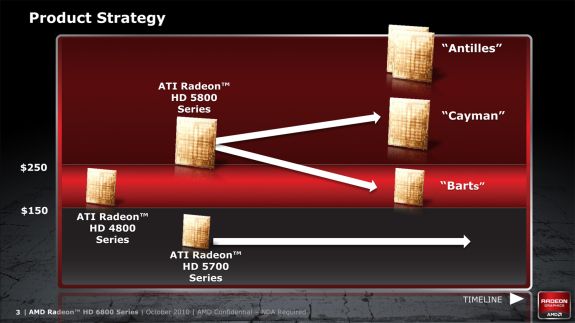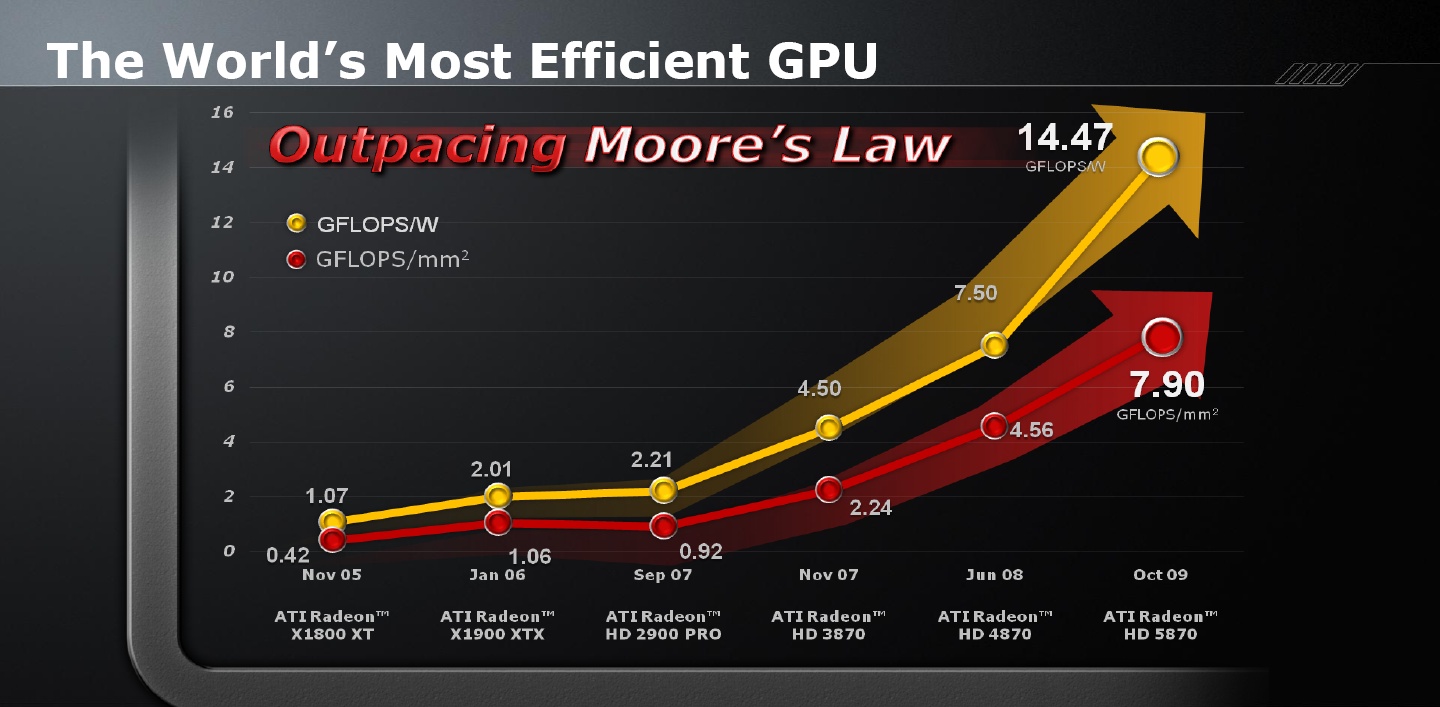Ive just upgraded my rig to an i5 2500k and now want a better performing card. I currently have an AMD 6870 and I like to game at my monitors native res of 1900 x 1200. I find this card is ok but struggles a bit in some games so am looking for something higher end.
Ideally id like a single GPU solution as dont like the idea of driver problems. Im looking to spend around £400 ($650). Would you say the GTX 580 would be a good upgrade, I was thinking of this one
http://www.overclockers.co.uk/showproduct.php?prodid=GX-149-GW&groupid=701&catid=1914&subcat=1812
this is about as high as i could go price wise and would expect not to have to upgrade for at least 2 years. I know its probably been a question asked a ton of times but is it worth going to this from a 6870. Id consider getting another 6870 and going down the CF route but is that an easy process or would I be in for a few headaches?
Also, I have a decent Corsair PSU buts its only a 650, would that be enough to run these cards?
Ideally id like a single GPU solution as dont like the idea of driver problems. Im looking to spend around £400 ($650). Would you say the GTX 580 would be a good upgrade, I was thinking of this one
http://www.overclockers.co.uk/showproduct.php?prodid=GX-149-GW&groupid=701&catid=1914&subcat=1812
this is about as high as i could go price wise and would expect not to have to upgrade for at least 2 years. I know its probably been a question asked a ton of times but is it worth going to this from a 6870. Id consider getting another 6870 and going down the CF route but is that an easy process or would I be in for a few headaches?
Also, I have a decent Corsair PSU buts its only a 650, would that be enough to run these cards?
![[H]ard|Forum](/styles/hardforum/xenforo/logo_dark.png)



